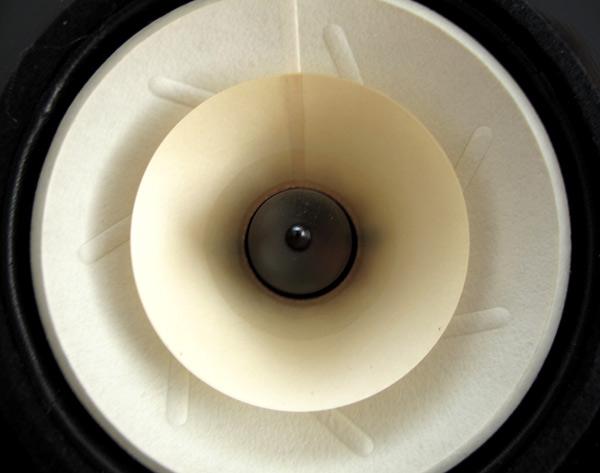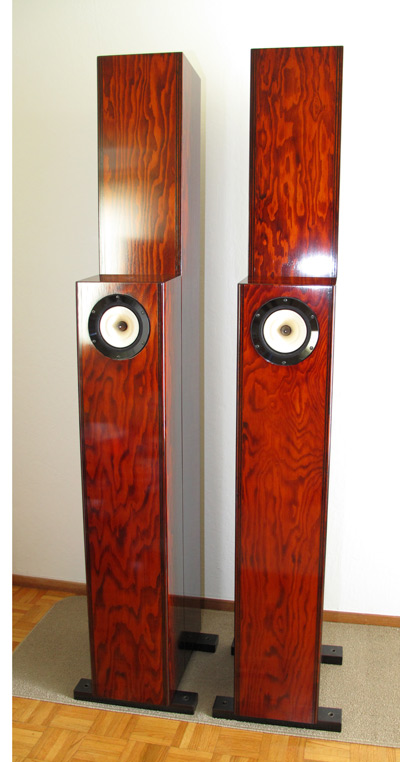The Enclosure
In Dr. J.J. Rein’s The Industries of Japan (1889), a classic on Japanese traditional crafts, he wrote about the urushi lacquer ware in the following excerpts: “Among the many well-developed branches of Japanese art industry, lacquer work undoubtedly takes the first place…..in no other have they so surely won eminence among all civilized people…..in scarcely any other branch of their industry is the employment and use of the raw material so varied, the purposes and excellence of the articles it serves to adorn so manifold, as in the case of the Japanese lacquer-work, and the industry which gives it value.” The above quote is taken from the Feastrex Makoto Background whitepaper.
Mr. Makoto Tanaka studied woodwork under the tutelage of Mr. Kiyotsugu Nakagawa, a designated national living treasure by Japan’s Ministry of Education, Culture, Sports, Science and Technology. Mr. Tanaka himself is an award-winning member of the Nihon Kogeikai, Museum of Japanese Traditional Art Crafts. Most importantly, Mr. Tanaka is also an audiophile and a single-driver enthusiast, having built many of his own designs since teenage years. He heard about the Feastrex D5e Type III field coil drivers, and visited Feastrex’s Nirasaki headquarters to get a pair, the rest was history.
Because the D5e’s field coil frame operates in temperatures not burning hot but nonetheless very hot to the touch, temperature differences between the field coil and the rest of several prototypes’ solid wood baffles caused the baffle to crack. Hence, ¾ inch plywood was adopted for the final prototype.
The Feastrex Makoto is a vented design. The flow of air from the back of the cabinet is routed down the front pipe and then up the rear pipe, exiting on top. Because of its resemblance to the Loch Ness Monster, Feastrex dubbed the cabinet “Nessie”.
The Feastrex Makoto is not Mr. Tanaka’s first urushi-lacquered loudspeaker cabinet design, having created urushi loudspeakers for many of his clients, who reported very positive results on the sound quality. The Feastrex Makoto whitepaper titled, “Background information on urushi & nushiya Makoto Tanaka’s Feastrex loudspeaker enclosures” begins with the following description: “Urushi is obtained as grayish-yellow milk-like sap from a small deciduous tree (Toxicodendron vernicifluum or formerly Rhus verniciflua) in the cashew family which originally came from the low-lying parts of the Himalaya Mountains (near Bhutan), but has since been established in many other countries, with the most significant being Japan, China and Korea.”
In Japan, urushi lacquer ware has long been created in the form of highly-prized artwork and tableware for centuries. The main active ingredient in refined urushi is urushiol, an organic oil toxin that loses its allergenic properties and becomes completely safe after it is bonded to the surface in the finishing process. The urushi finish is also antimicrobial, thus allowing many lacquered products to retain its beauty and becoming beloved heirloom pieces, being passed on within the family from one generation to the next.

On the Feastrex Makoto, each layer of the urushi varnish on the enclosure requires a solidification period, which generally lasts 12 to 14 hours. It is then painstakingly hand buffed to perfection. The entire Feastrex Makoto is completely urushi-lacquered inside out, for each panel of the speaker cabinet is completely lacquered on both sides prior to assembly, with areas containing as many as 40 layers of lacquering. The urushi finish continues to harden following initial application, and is very susceptible to scratches for the first six months. Afterwards, the finish will have cured to a hardness suitable for normal use. Final hardness of the lacquer will take another decade or two to materialize, but the first two years will see a hardening of the lacquer close to the final hardness.
Dagogo readers may remember the “hands-off” signs at the Feastrex/Lotus Group USA Exhibits at 2008 Rocky Mountain Audio Fest and 2009 CES. The cause for such precautionary measure is at once appreciated when one realizes the Makoto’s urushi-lacquered finish is, at that time, at a very soft HB pencil lead hardness. While fingerprints could be removed with a “super” clean, slightly damp cloth, permanent impressions could be left by the slightest of touches, such as fingernails. Per Joe Cohen, dry cloths are not allowed to clean the finishes, as the dust particles contained within are as hard as diamonds and will mar the surface. The fact that Joe entrusted his Makoto with me for review is a serious honor bestowed. I dare not dust the Makoto myself.
Because the urushi lacquer is extracted from trees, it is definitively environmental-friendlier than finishes derived from petroleum.
The Makoto enclosure is a combination of two towers, with the rear, taller tower measuring 70.5-inch tall by 8.75-inch deep by 9.5-inch wide, factoring in the ¾-inch panel thickness on each side, coming in at around 4,002 cubic inches for internal volume, or 65.4 liters. The front, smaller tower housing the D5e III measures 47.5-inch tall by 6.5-inch deep by 9.5-inch wide, translating into 1,840 cubic inches of internal volume, or 30 liters. Hence, the Feastrex Makoto has a total internal volume of 95.4 liters.
Setup
The 
The Feastrex was comparatively easy to move around on carpet, and after finding satisfactory results in no less than 3 positions, namely closer together and largely toed-out, further apart and completely toed-in and furthest apart with over-toed-in, I decided to reap the benefit of super stable soundstaging with least side-wall interaction in the last placement option. The caveat is, with the Feastrex so easy to move around, I can see myself toeing them out once in a while just to soak up some of the ambience of a church or concert hall. Spikes were threaded through woodblocks underneath the speakers that extended to the outside of the speakers, and could be unscrewed to facilitate moving of the speakers.
For well over five years, I have relied on my 47 Laboratory 4704 PiTracer CD transport and my Audio Note DAC5 Special for the most superlative source signal. The one preamplifier that I have found to be consistent in providing the utmost signal integrity has been my discontinued Pass Labs X0.2 3-chassis system. I have been told by Pass Labs that their latest XP-20 2-chassis preamplifier would be superior. We shall see.
Amplifiers rotated in driving the Feastrex Makoto were the $28,500 8wpc, 300B-based push-pull integrated Audio Tekne TFM-9412 Pre Main Amplifier and the $17,000 Pass Labs XA100.5 solid-state class A monoblocks, in spite of the fact that the Feastrex was 100dB sensitive. Wireworld’s latest Platinum Eclipse Reference XLR and Gold Eclipse XLR partook in routing signal from the DAC to the preamp, and preamp to power amp. In the case of the Audio Tekne TFM-9412, the Platinum Eclipse Reference was put into place. Acapella’s $23,200, 3-meter pair of the pure solid silver, ceramic insulated, mechanically damped La Musika Reference single-wired speaker cable and Wireworld’s $13,200 pair of Platinum Eclipse Reference speaker cable in 2-meter length alternated in linking the amplifiers to the speakers. Power cabling for the Audio Tekne was via the company’s own AC cord and the attendant ALT-8905 AC Conditioner, while Isoclean’s Super Focus power cables powered the Pass Labs monoblocks.
The Feastrex PS-1 external power supply’s primary purpose was to provide critical voltage stabilization toward magnetization of the field coil drivers. Without the PS-1, the individual drivers would become highly sensitive to incoming wattage from amplifiers and be easily burned up. In selecting between the operating voltages of 10, 12 and 15 volts, my preference was consistently the 15 volts, which I thought was the only choice if we were to reap the fullest extent of the D5e III’s dynamic transients, top-to-bottom coherency and a full development of the three-dimensionality. To avoid imminent driver damage, no signal is to be inputted into the driver’s voice coil when the field coil exciter power supply is turned off.
- ← Previous page
- (Page 2 of 4)
- Next page →


Thanks for the info on Feastrex. Their site does not list their speakers or prices. At $5k for their cheapy speakers it is within the realm of possibility I could get a pair. I just bought a pair of Coral Flat 8 drivers that I intend to put in single driver boxes. They are 40 or 50 years old. I lived in Japan for 6 years, learn to speak Japanese, so I came to understand their rabbit attention to detail in a lot of the stuff they do. I intend to go back now that I am retired and find Technical Brain and Air Tight amps I can afford used in Akihabara. Your writing was a pleasure to read. I think even rich people want to believe they are getting good value for money. Japanese lacquer is pretty, especially nice in Kamakura. Cheers